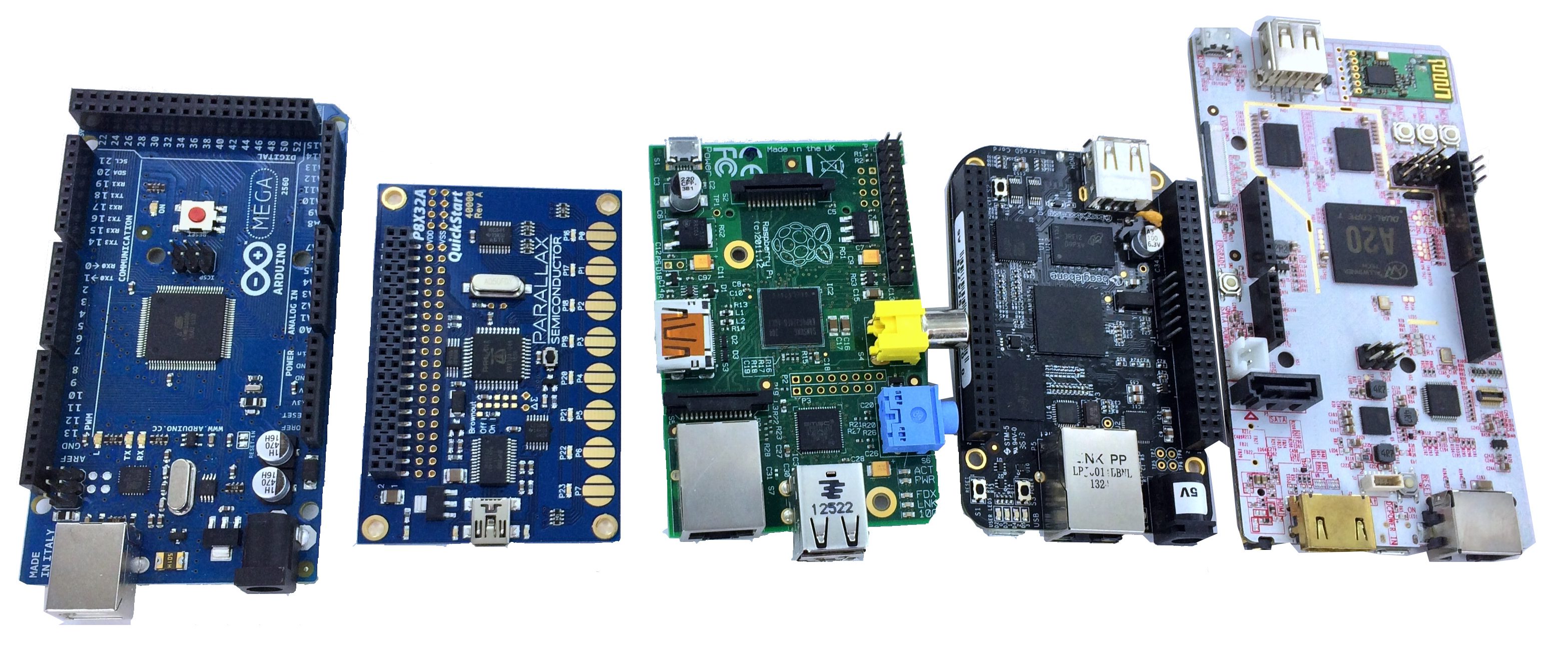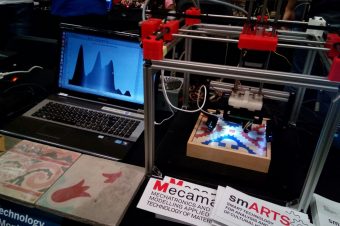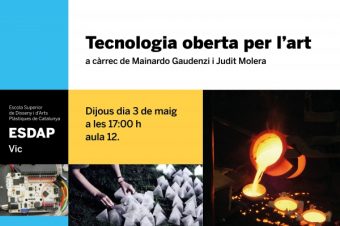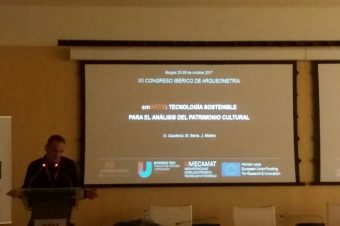“There are not more than five musical notes, yet the combinations of these five give rise to more melodies than can ever be heard.
There are not more than five primary colours, yet in combination they produce more hues than can ever been seen.”
Sun Tzu, The Art of War
smARTS is an interdisciplinary project that brings the fields of cultural heritage conservation science and archaeometry together with mechanical, electronic and informatics engineering in order to design, prototyping and experimenting smart technology for Cultural Heritage mapping, monitoring and diagnostic.
smARTS aim is to prototype low-cost, easy to assemble and easy to use, and fully customizable devices for mapping, monitoring and analysing surfaces in historical and archaeological artifacts and structures.
smARTS KEYWORDS:
- FREE AND OPEN SOURCE SOFTWARE
- FREE AND OPEN SOURCE HARDWARE
- SMART TECHNOLOGY
- LOW COST
- SUSTAINABILITY
- CITIZEN SCIENCE
As for smARTS project vision, free and open source software and hardware (FOOS and FOSH) represent the core of a sustainable approach to Cultural Heritage conservation, and the use of smart technology a potential fast and reliable response to lack of economic resources.
smARTS project is highly committed to the so called ‘Society 4.0’, by promoting open and free access to knowledge and technology, interacting with the global makers movement, and sustaining the Citizen Science principles.
At smARTS project, we strongly believe that the convergence of open and low cost technology, technological acceleration and hyper-connectivity, open and free access data, and active citizenship culture could represent a key factor for sustainable development. Such a sustainable approach could enhance communities capacities to preserve and promote their Cultural Heritage.
The devices architecture is conceived as fully modular. This implies use of one or more microcontroller unities (MCUs) acting as master unity, or primary module. Open-source microcontroller units already used to design automated devices in other scientific fields are tested, and eventually customized, in order better comply with the following, not exhaustive, list of parameters: open source; low cost; easy to assemble and use; processor speed; RAM and flash memory; capability to control several input/output peripherals; optimized power consumption. THE MCUsMCU or primary module hosts secondary modules, that are sensor modules. The latter are conceived as stand-alone, interchangeable, detachable, and usable alone or together. The sensors are selected according to the same parameters listed for MCUs choice, in addition to precision and accuracy. According to both materials and case studies selected, the following analytical modules are expected to be tested: temperature, humidity and gases sensors (environmental data) lighting system designed to comply with international standards for analytical purposes; imaging system, made of a camera module to obtain both up-to-the-minute macro images and images to be processed with colorimetric, IR, UV and thermal response data; stereo-imaging system, made of two camera modules to obtain 3D surface models by means of photogrammetric process; generally coupled with colorimetric, IR, UV and thermal response data image; colorimetric sensor to detect and measure colour variations, coupled with imaging or stereo-imaging modules to obtain both colour state-of-the-art and colour variation maps; IR contactless thermopile in order to perform thermal measurement on the analysed surface, coupled with an imaging system to obtain thermography maps; UV, IR and Vis system consisting of emitters and detectors, in order to perform reflective, transmittance and absorbance analysis according to the analysed material and working conditions (laboratory and/or field).
ARCHITECTURE AND WORKING PROCEDURES Components of the analytical modules are tested in laboratory experiments prior to be tested in real case environment. When possible, the analytical modules architecture is designed by allowing an easy interchangeability of single components, e.g. by allowing fast and easy change of UV-IR sensors according to the desired dominant wavelength, or by allowing the use of different types of imaging devices. The combination of two or more of the analytical modules will allow a wide range of measurements that comply with the analytical aims above listed. Among these modules, those for monitoring typical environmental parameters, such as temperature, humidity, CO2 and air flow, will always run independently of the analytical aim (e.g. monitoring the state-of-the-art, detection of change in morphology and colour in testing conservation products, mapping decay phenomena) and set-up (use of several analytical modules simultaneously). In the example, three different analytical modules are assembled to obtain information on biofilm growing on stone of historical monuments: A) imaging system module coupled with IR and UV modules; B) lighting system module coupled with a colorimetric module and a stereo- imaging module; C) imaging system module coupled with IR thermal analyser and colorimetric modules. The microcontroller manages the analytical sequence by transmitting command input to the analytical modules, by receiving back the detected signals, and finally by sending the acquired data to the software for post-acquisition processes, directly or via cloud. The operational sequence is compiled using appropriate software, and sent to the microcontroller by means of wireless connection. A wired set-up is provided when operating in controlled environments such as a laboratory. INTO THE CLOUDS… Considering primary module constraints (e.g. processor speed, flash memory, etc.), an alternative scenario implies the use of the microcontroller just to transmit the command input to the secondary modules, but without receiving back the signal acquired by the sensors. Instead, the secondary modules are equipped with tiny microcontroller capable to transmit directly the signal acquired to the cloud, e.g. by using the ESP8266 microcontroller family. Finally, the data acquired can be downloaded from the cloud for post-acquisition processes.In both cases, the data acquired are sent to the cloud, e.g. by using an open data platform such as ThingSpeak or Grovestreams. This allows visualizing and managing data remotely. Moreover, it allows the direct involvement of active citizenship to the entire process. 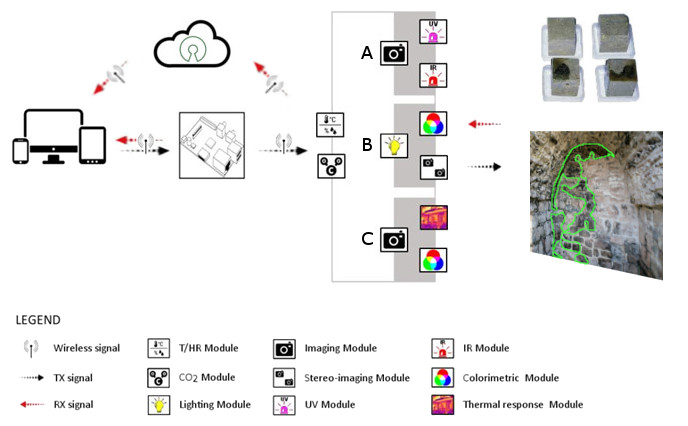
…FROM LAND AND SKY
Analysis and monitoring of on-site areas not easily accessible will be guaranteed by studying the possibility to equip miniUAV (Unmanned Aerial Vehicles) and miniROV (Remotely Operated Vehicle) specifically designed to host analytical modules remotely connected with the primary module, in accordance and collaboration with partner organization EURECAT Technology Centre. This implies prototyping of lightweight modules.
-
From January 2017, news on smARTS participation at public events, conferences, maker fairs, as well as smARTS project short-term goals, and topics of general interest related to smARTS aim and vision are posted on smARTS web page in the News section
-
From mid January 2017, smARTS projects with source codes, hardware designs and 3D models, electronic circuits, and bills of material are uploaded regularly to the smARTS accounts hosted by open repository github
-
From late January 2017, smARTS projects will be hosted by hacking website hackaday.io
-
From late January 2017, first data from smARTS projects will be available in the smARTS channel activated at the clouding platform ThingSpeak
-
From January 2017, check smARTS videos on YouTube smARTS channel
Please note that the above list with hosting web-repository, web-platform and web-sites is temporary and will be updated accordingly to project advances.
DO PLEASE CHECK THIS SECTION REGULARLY FOR UPDATING!
smARTS NEWS
A successful crowdfunding campaign will allow MECAMAT rescue and valorise Catalan cultural heritage
A project implemented by Mainardo Gaudenzi, researcher of the MECAMAT research group collected a total of 14,267 € within the … Read More
Sustainable technology in research: utopia or emerging model?
UST-SEMINARS 23.05.2018. Ts116 15h-16.30h By Mainardo Gaudenzi Asinelli, PhD ABSTRACT: Current global market monolithic rules such as proprietary licenses and patents … Read More
Mainardo Gaudenzi gave a talk about Technology for Art at ESDAP
Art and technology have a common mission, shape and innovate the world around us. Moreover, they share a common and … Read More
smARTS project at the 12th Iberian Congress of Archaeometry
smARTS theoretical framework and devices prototyped within the MECAMAT research group have been presented at the XII Congreso Ibérico de … Read More
 smARTS is a two years project funded by the EU-Horizon 2020 research and innovations programme under the Marie Sklodowska-Curie grant agreement Nº 708527
smARTS is a two years project funded by the EU-Horizon 2020 research and innovations programme under the Marie Sklodowska-Curie grant agreement Nº 708527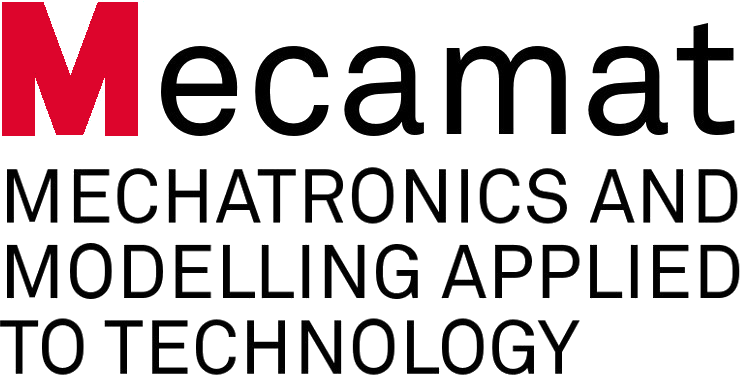 smARTS is hosted by the MECAMAT research group, and benefits from the expertise on mechatronics, modelling and material science of its members
smARTS is hosted by the MECAMAT research group, and benefits from the expertise on mechatronics, modelling and material science of its members




